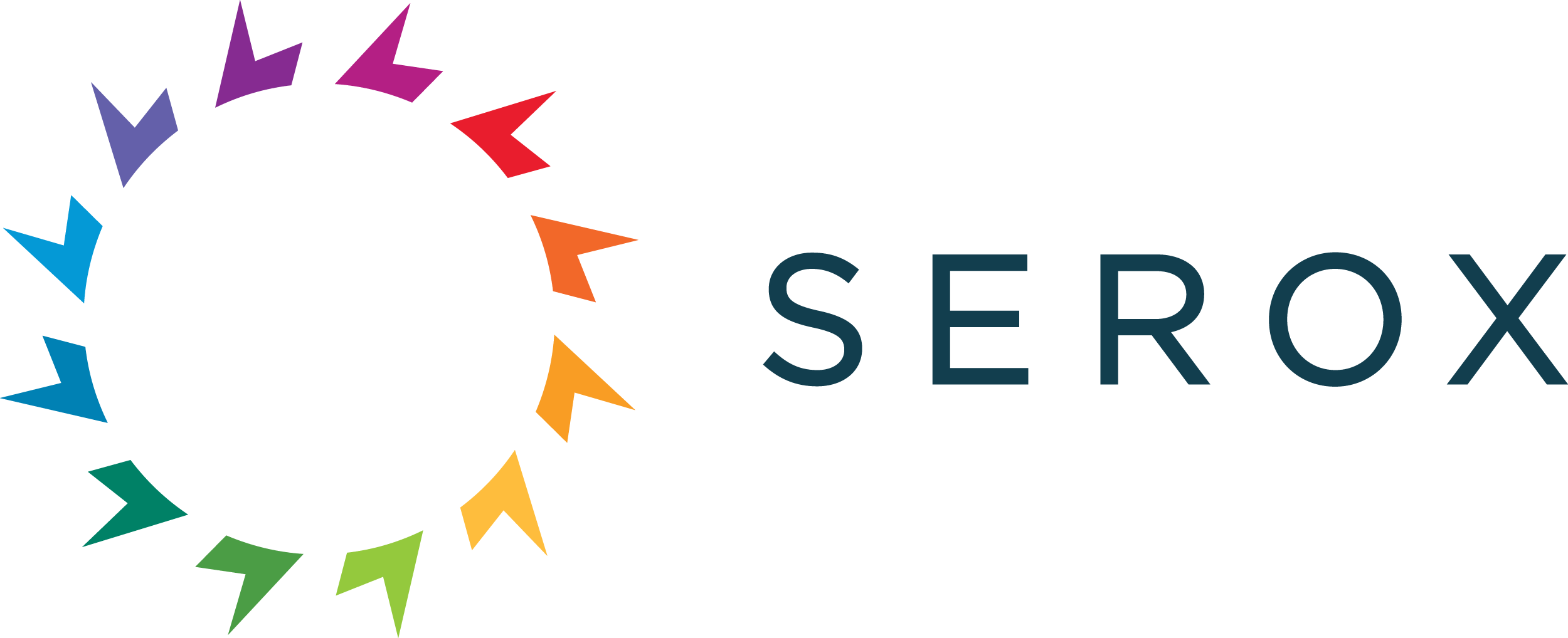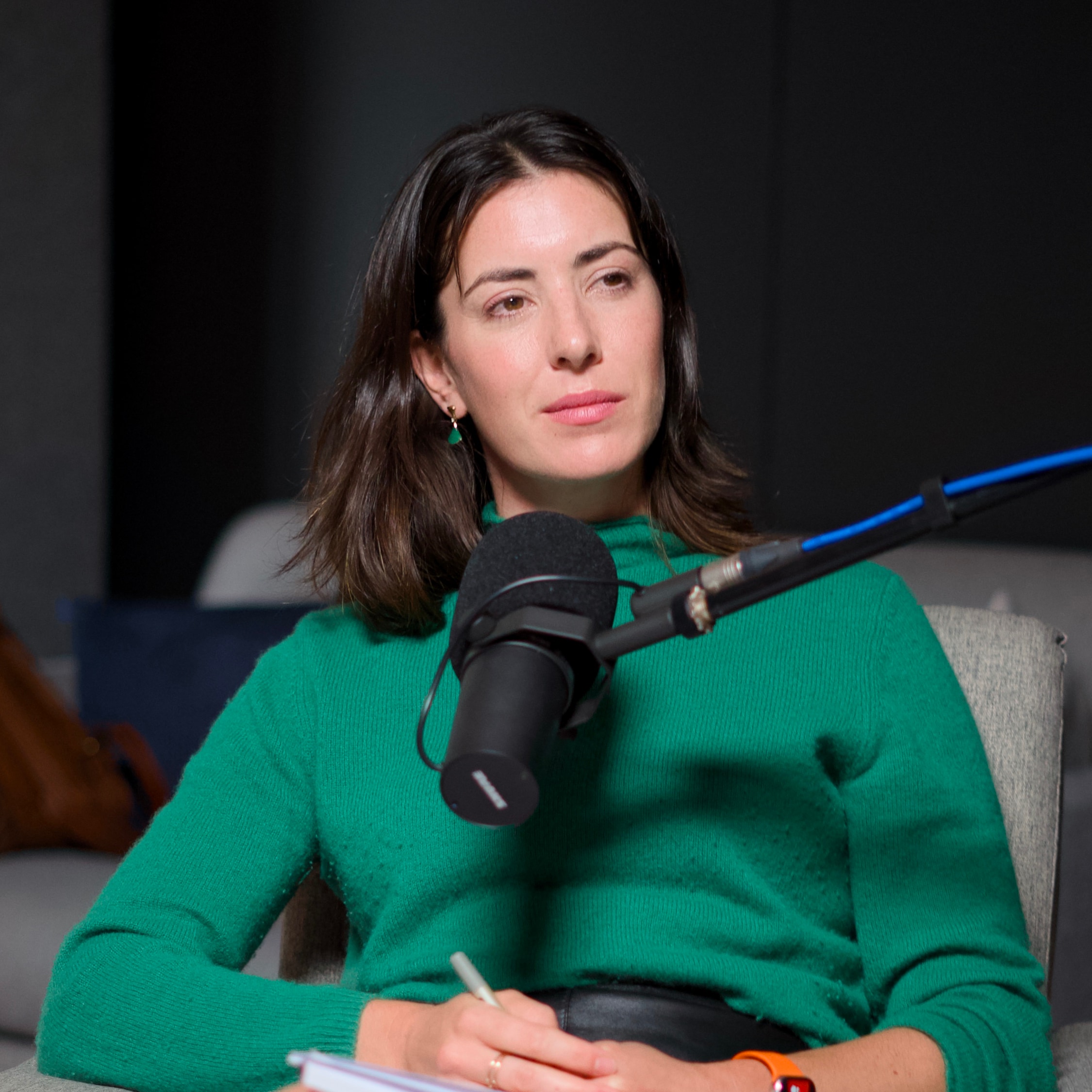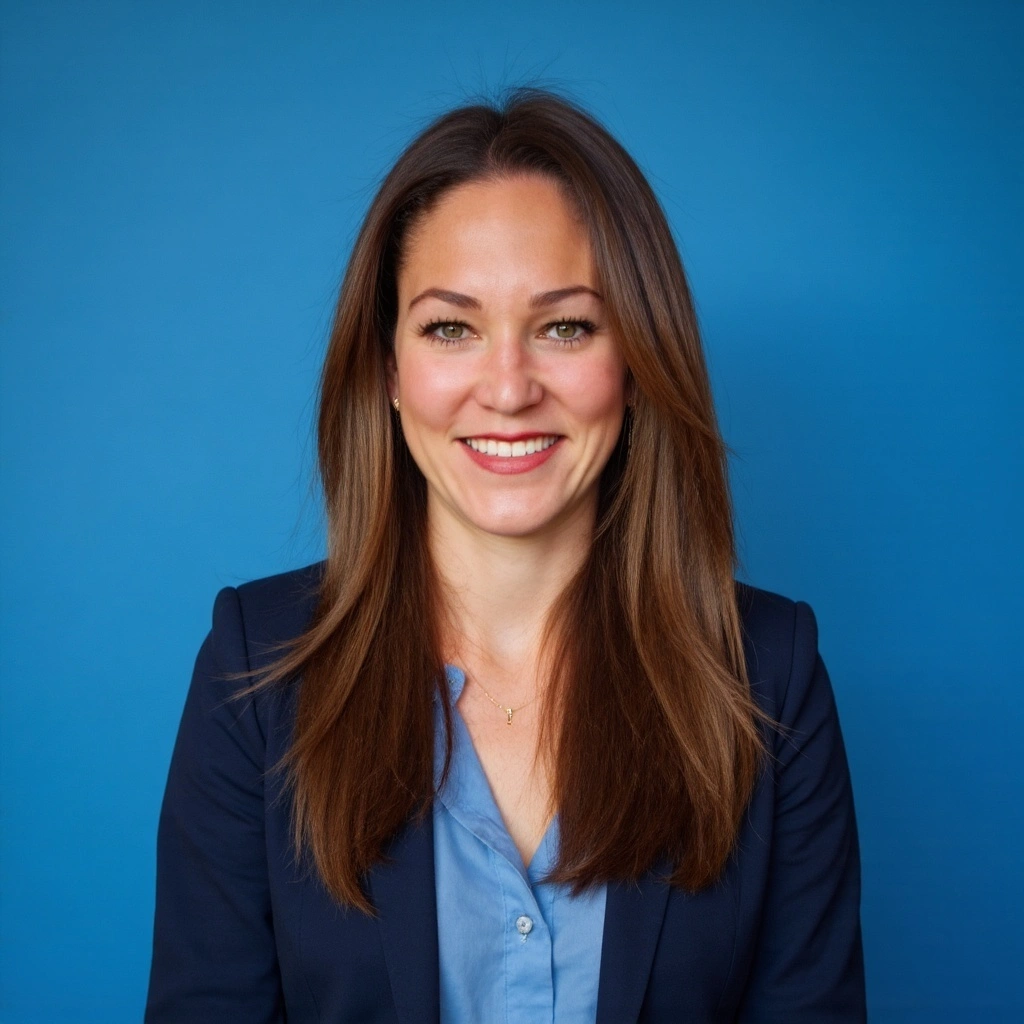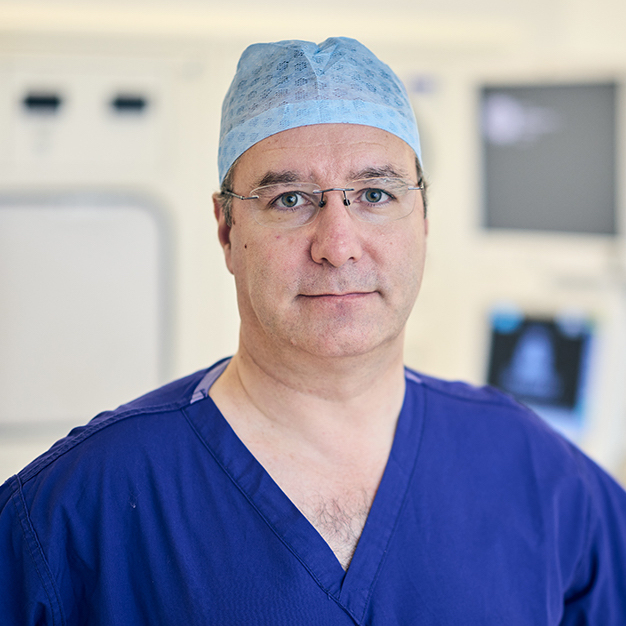
Serox are pioneering the future of diagnostics with cutting-edge technology designed to transform healthcare. This video series takes you behind the scenes of their mission, technology, and vision - showcasing how they are tackling some of the most urgent challenges in diagnostics today.
The Power of Partnerships and Place: Who We Work With & Why It Matters
How do strong partnerships accelerate medical breakthroughs? In this episode, Susannah de Jager and Cici Muldoon explore how collaboration between industry, academia, and healthcare providers is driving the development of Serox’s groundbreaking diagnostic technology.
Cici highlights the crucial role of partnerships with institutions like Oxford University and John Radcliffe Hospital, where direct engagement with clinicians ensures that new technology meets real-world needs. This feedback has shaped Serox’s approach—ensuring their diagnostic tools are versatile, efficient, and seamlessly integrated into clinical workflows.
The episode also examines the importance of working with industry partners such as SureScreen Diagnostics, a leading lateral flow test manufacturer. By leveraging existing technology, Serox is fast-tracking its path to market, avoiding the costly and time-consuming process of developing diagnostic cartridges from scratch.
Experts including Giles Bond-Smith and George Newham explain why industry-clinical collaboration is essential for tackling major healthcare challenges. They discuss how data-driven diagnostics, quantum sensing, and AI-enhanced analysis are shaping the next generation of personalised medicine—and how lessons from COVID-19 testing have dramatically improved the affordability and scalability of diagnostic tools.
Looking beyond the UK, Cici reveals Serox’s international collaborations, including partnerships with a major cancer foundation in India and urgent care networks in the United States. By gathering diverse datasets from around the world, Serox is developing a regionalised approach to diagnostics, ensuring that healthcare solutions are tailored to different populations and medical systems.
[00:00:00] Susannah de Jager: We've spoken about why now and why Oxford and how impactful that is. But you've got some amazing partnerships here in Oxford and internationally with Hospitals. Can you talk a little bit about some of those relationships, how they came about, and how you're using them?
[00:00:20] Cici Muldoon: Our most important relationship here in Oxford is with, both the university and the John Radcliffe Hospital, which is one of the premier teaching hospitals in the UK, and the reason we're so excited to be working with them is because it allows us to get feedback from the end client if, you will. Oftentimes we make assumptions as scientists, that we've got this great bit of tech and it's going to, you know, do this and this and the end user is gonna really want it. But oftentimes you don't stop to ask the question of your end user, what is it that they want to use? So for example, one of the things that we have heard, from people like the John Ratcliffe is that they get new kit all the time, and this new kit often gets relegated into corner because it tests for only one thing.
If a device doesn't have multiple uses, then it doesn't get used, it will get shelved. This has driven our decision to, for example, develop a cartridge that looks at bladder, prostate, and kidney cancer in one cartridge. In order to provide something of a one-stop shop for a urologist. So this is feedback that's really valuable in working with people like the John Radcliffe.
[00:01:34] Giles Bond-Smith: What we're actually trying to do here is reliably bring industry and clinical teams together to solve a common problem. In the past, that was always viewed with some skepticism. Primarily because the companies seem to, or be perceived to, be abusing the healthcare system for their own monetary gain.
But actually when you look across the board now, MedTech just doesn't work in that way. It's moved on, it's developed, and what we're trying to do here is, I want something that does this. I don't have the time, I don't have actually, the money, the expertise, the facilities to do that with my day job.
Who does? I'll tell you who does, industry does, right? But industry doesn't know what problems there are to solve. What's the relevance of a urine sample? You know, Serox, for example, could be looking at a million different types of cancers, but which ones really need accurate diagnostic now? And that's where we collaborate, work together, and come up with a solution that basically solves fundamental problems for healthcare. You cannot work in isolation anymore. I strongly believe that together we're stronger.
[00:02:47] Susannah de Jager: And it must be so validating, speaking to clinicians about the impact this will have on that patient journey.
[00:02:54] Cici Muldoon: Absolutely, we've spoken to clinicians, both in the States and here in the UK and the feedback has been overwhelming that if they had a tool that is able to save cost and drive right referrals for more expensive procedures, that would be a huge value to them.
[00:03:14] Susannah de Jager: So you know that adoption at the clinician point of care that the appetite's there. So that's got to be real proof of concept for you commercially.
[00:03:22] Cici Muldoon: Yes, it's all about compressing diagnostic workflows. So the more we can save them time and hassle, then the better it is, whatever the context might be. Whether you're in a hospital or you're in a clinic, it's all about saving time and saving money. It comes back to the same thing a test has to be better, cheaper, and faster.
[00:03:41] Susannah de Jager: Yeah, so you've spoken to your client and you know they want it. What are the other partnerships that you have that are really benefiting that development journey?
[00:03:50] Cici Muldoon: To deliver our service capabilities we have partnered with a lateral flow test manufacturer here in the UK, with whom we are looking at leveraging existing capabilities in order to deliver what is a slightly different test to an LFT test, but bears many similarities.
So essentially, a normal lateral flow test already has metal nanoparticles in it. But they're used in a very different way. So they have antibodies and it's a different technique. That said, the chassis of the thing is the same and we can print our SERS substrates, or nanoparticle substrates, onto these existing cartridges, and essentially shortcut the step of having to produce that cartridge ourselves. So these kind of relationships are very important to us because it means that we can get to market faster.
[00:04:47] George Newham: My day-to-day as research and development manager here at SureScreen Diagnostics is, first and foremost, about bringing new technologies into our products and into the commercial space. In the UK we're really well placed to take advantage of these advancements in technology to transfer ideas out of cutting edge academia into the commercial space to realise better products. Our collaboration with Serox and they're linked with Oxford are a perfect example of how we can realise these advancements in technology.
The next generation of lateral flow testing will take advantage of cutting edge nanoparticle solutions, of quantum sensing, and advanced AI analysis, to increase capability and answer the problems associated with healthcare in 2025. This, for us, can only be realised through extensive collaboration. The challenges are so multidisciplinary that no one person or organisation can meet the needs on their own. So our collaboration with Serox and their links to Oxford University are absolutely key for our success in this area.
[00:05:44] Susannah de Jager: And a huge example of how developments in the last few years, COVID, have brought things on and bought costs down.
[00:05:50] Cici Muldoon: Absolutely, these cartridges are now much cheaper and you'll find also that some of these companies have reduced demand since COVID and therefore many of them have mothballed a lot of their capabilities, so they're looking for the next application.
[00:06:06] George Newham: Through the course of the COVID pandemic, we at SureScreen Diagnostics delivered tens of millions of tests, across the UK directly into the NHS and then to home users for self-testing use as well. One SureScreen Diagnostics lateral flow test was used every four seconds in the UK. This really made a significant and tangible impact to our ability to deal with the COVID pandemic.
The business potential of Serox and SureScreen working together is enormous. The ability to tackle new markers that we previously couldn't get to with lateral flow testing, or the ability to take new assays normally used with Ramen and SERS, that would otherwise be restricted to laboratory spaces, and put them into everyday accessible domains is a huge step forward in point of care testing. We believe this collaboration opens up global opportunities for both companies.
[00:06:56] Susannah de Jager: You've already spoken about the potential, which is so exciting for personalisation of testing and diagnostics. It's an amazing area that's evolving all the time. Can you talk about some of the partnerships you have internationally that are helping feed into building out that data?
[00:07:12] Cici Muldoon: So we are working with a large cancer foundation in India, looking to build data sets there in order to prove out this concept of regionalisation. We have various existing conversations going in the States with both urgent care networks, urology practices, and people that are informing our route to market in the States.
And those are all really valuable sources of information because they ensure that we are, working in the right way in order to deliver our technology where it can best serve the healthcare system.
[00:07:47] Susannah de Jager: Thank you, Cici. I mean, you've given us so many wonderful examples of the partnerships you have, how they're additive, how they're so of the moment, and also how they're gonna help with the evolution of personalisation, regionalisation, and really, really exciting to hear about how it's all going to evolve.




